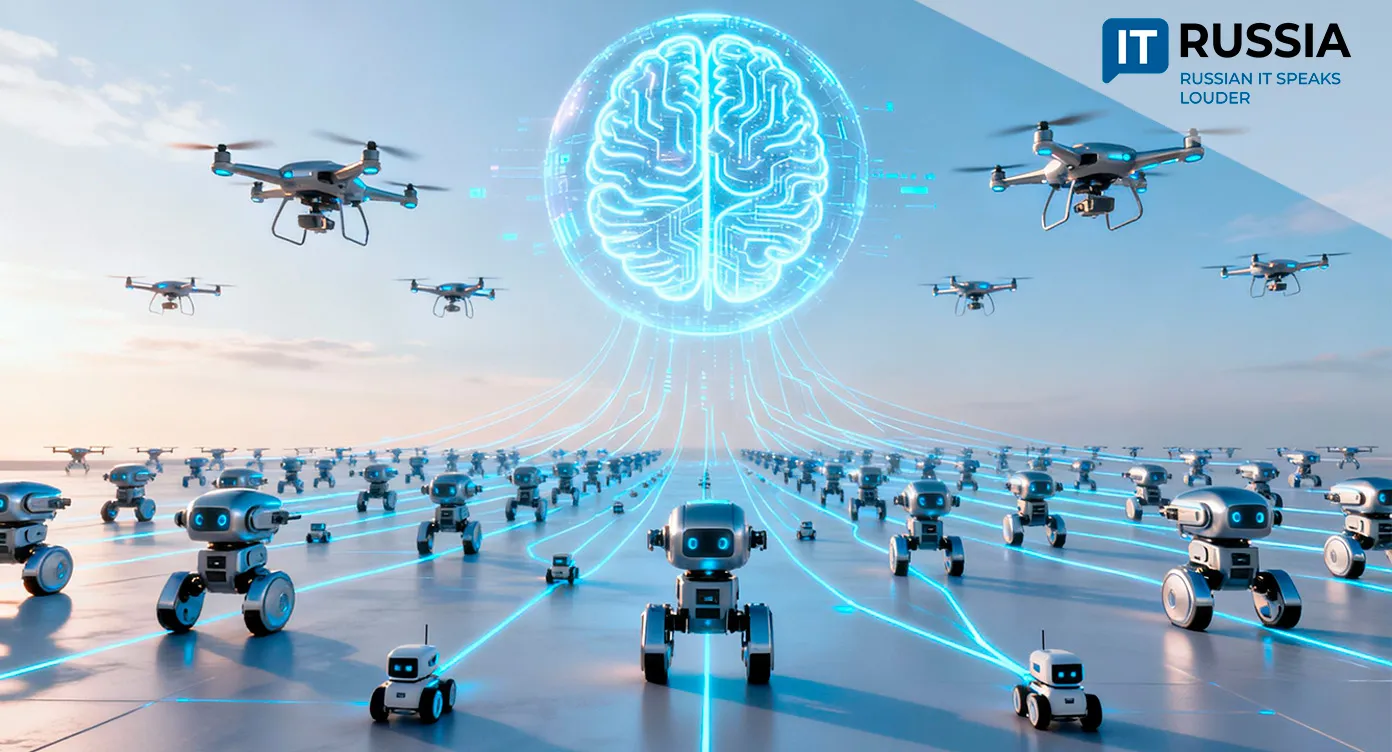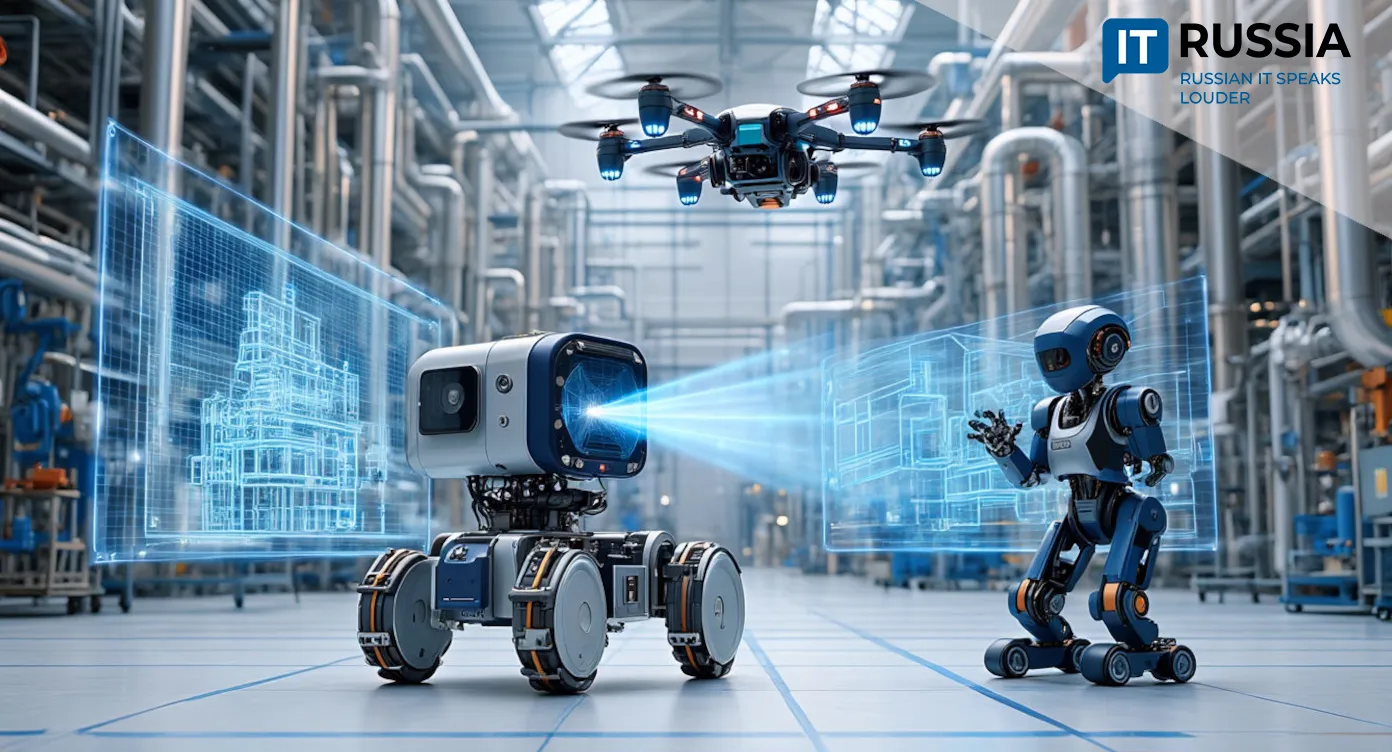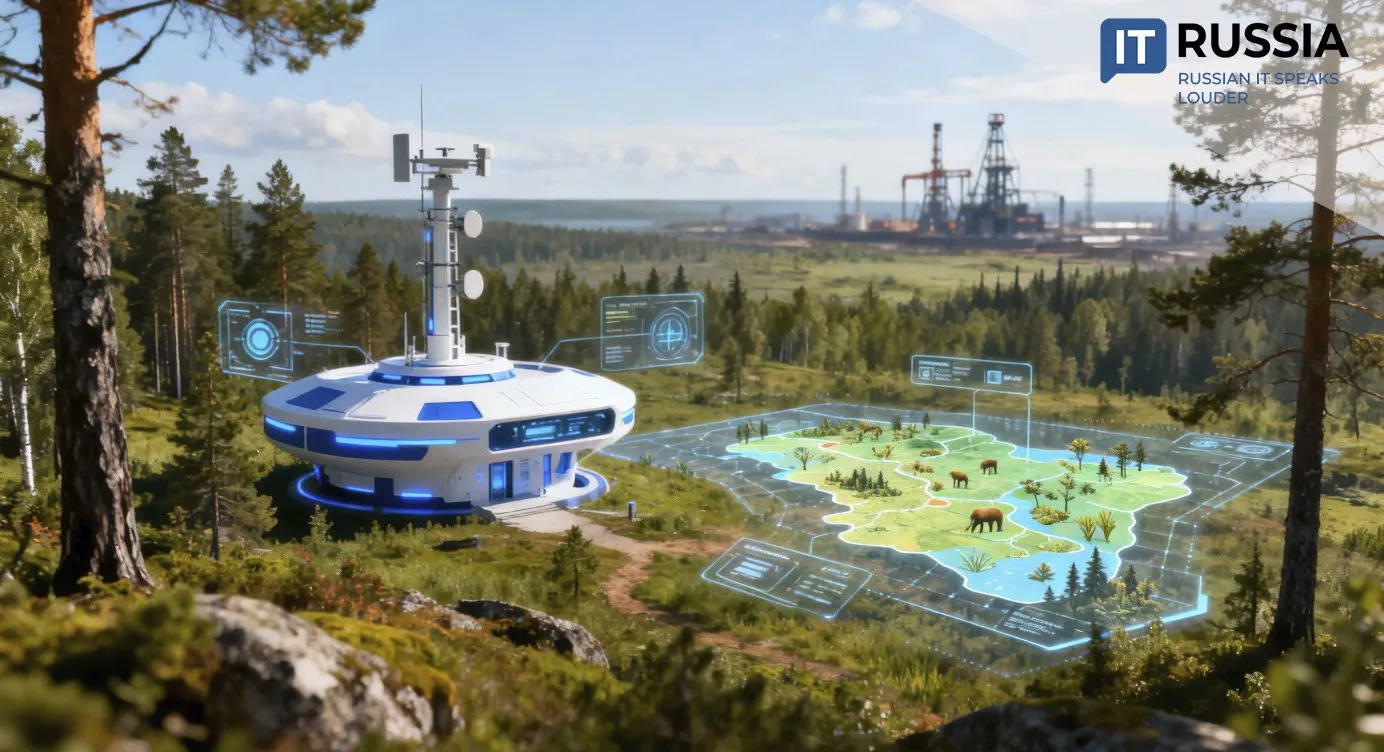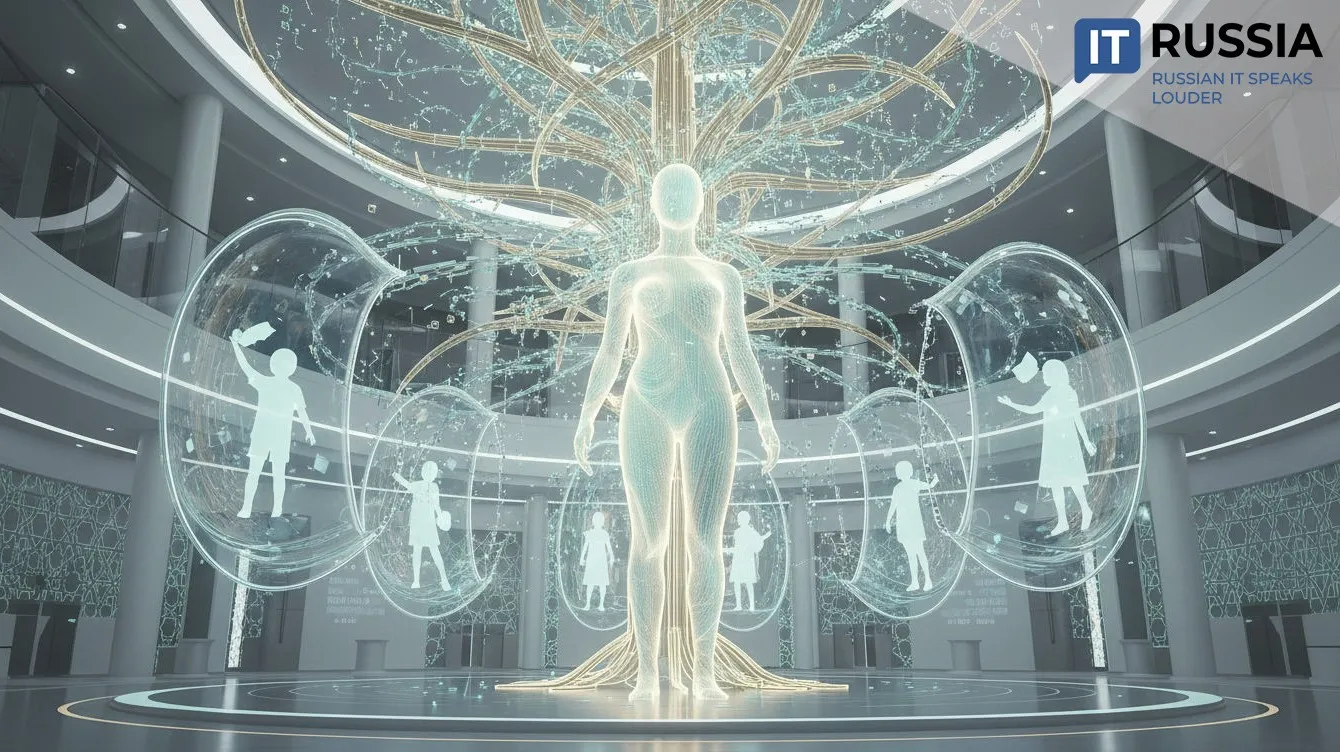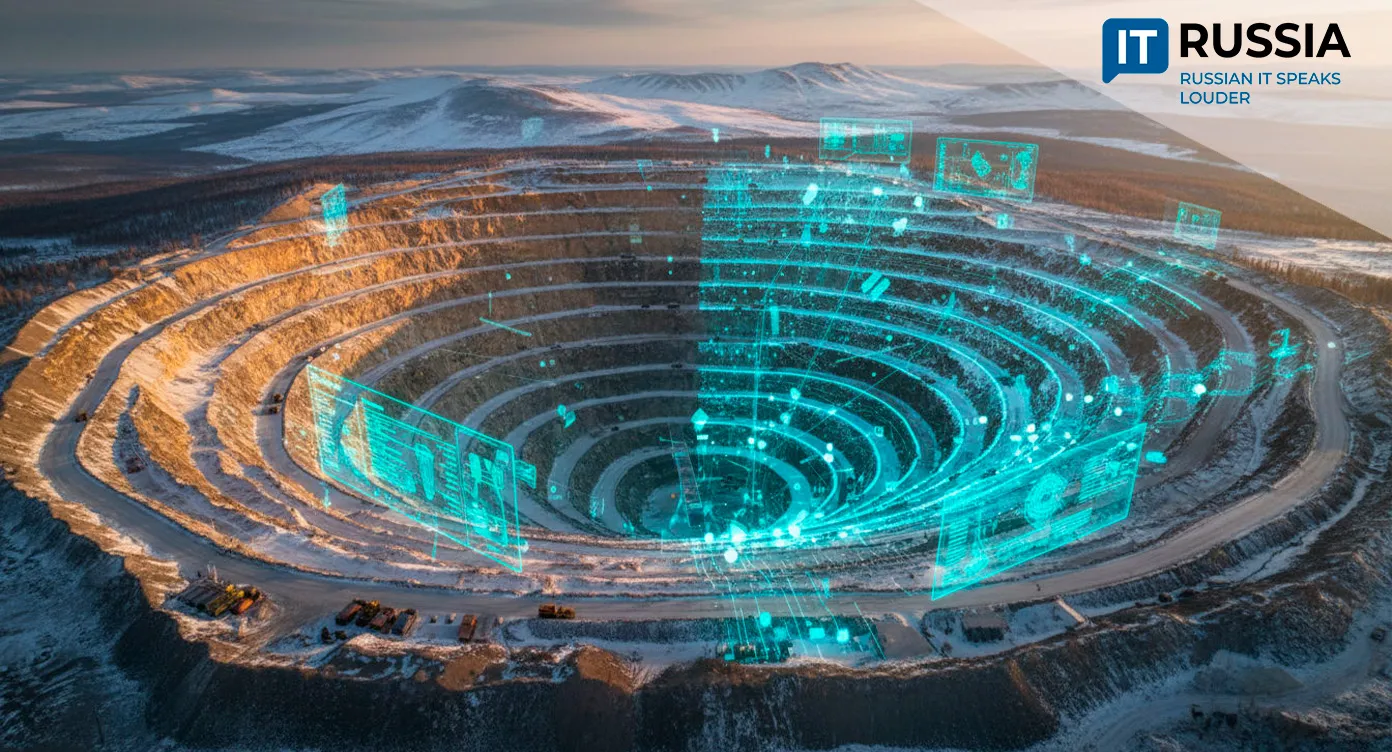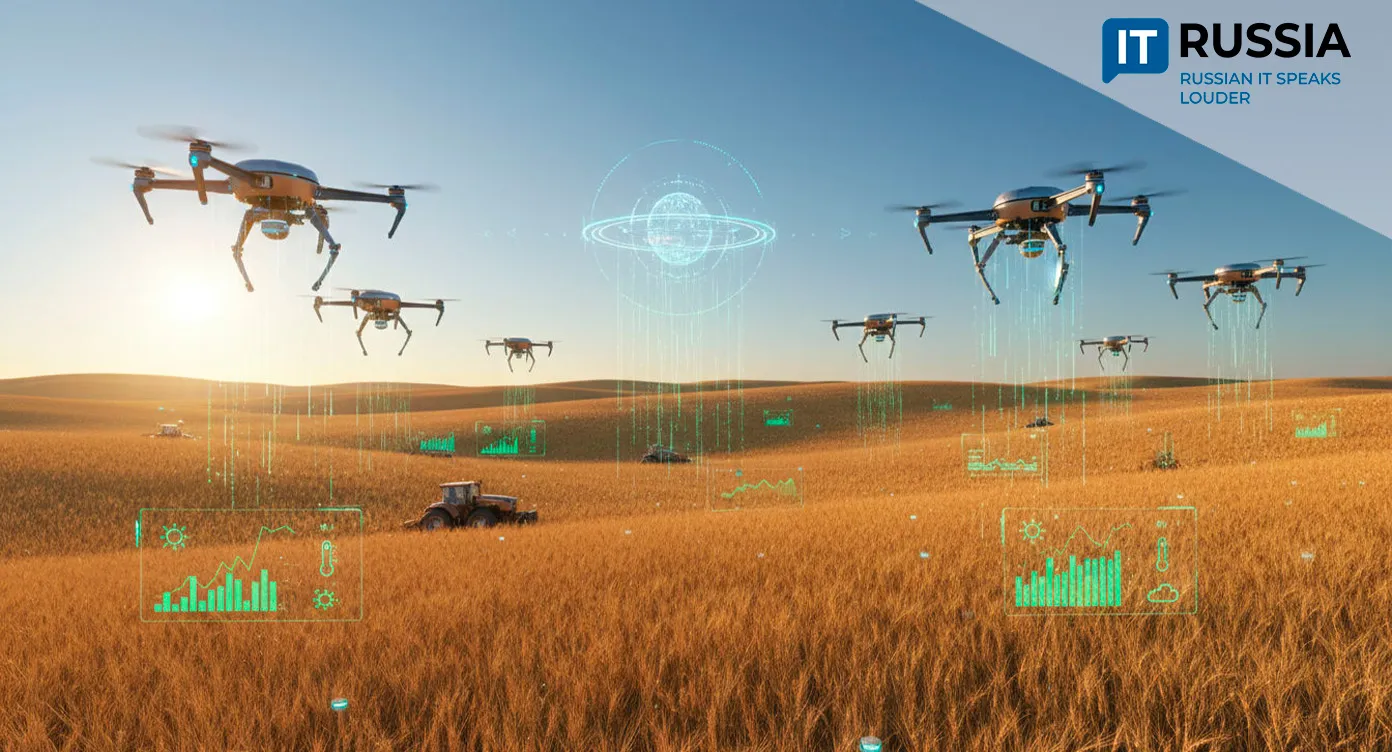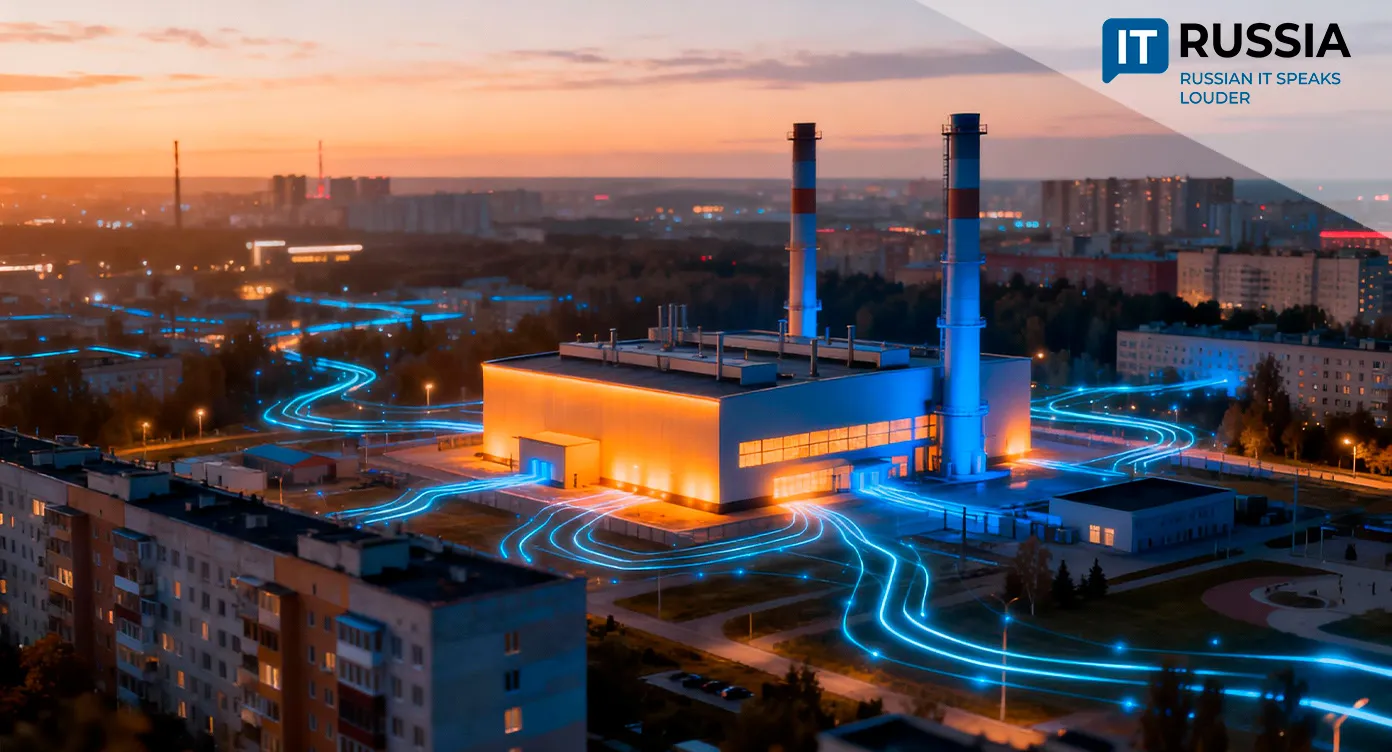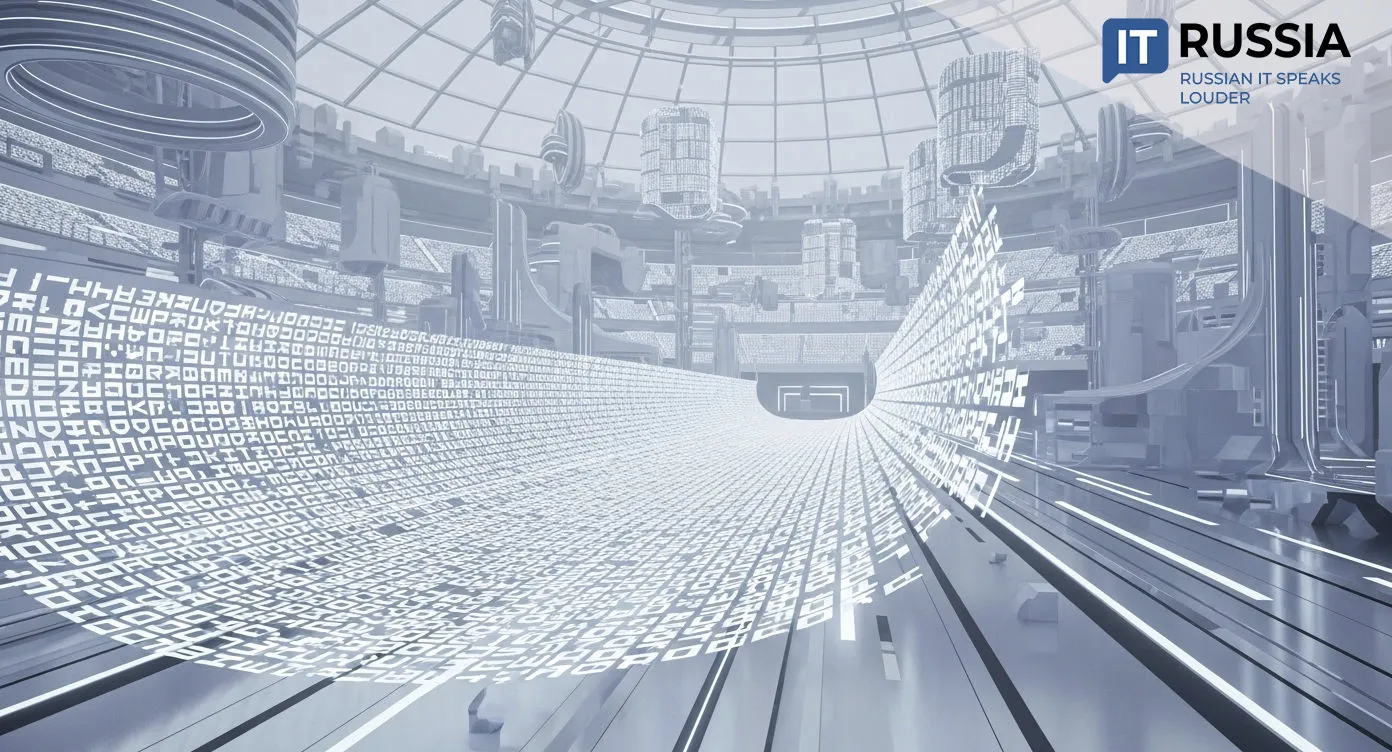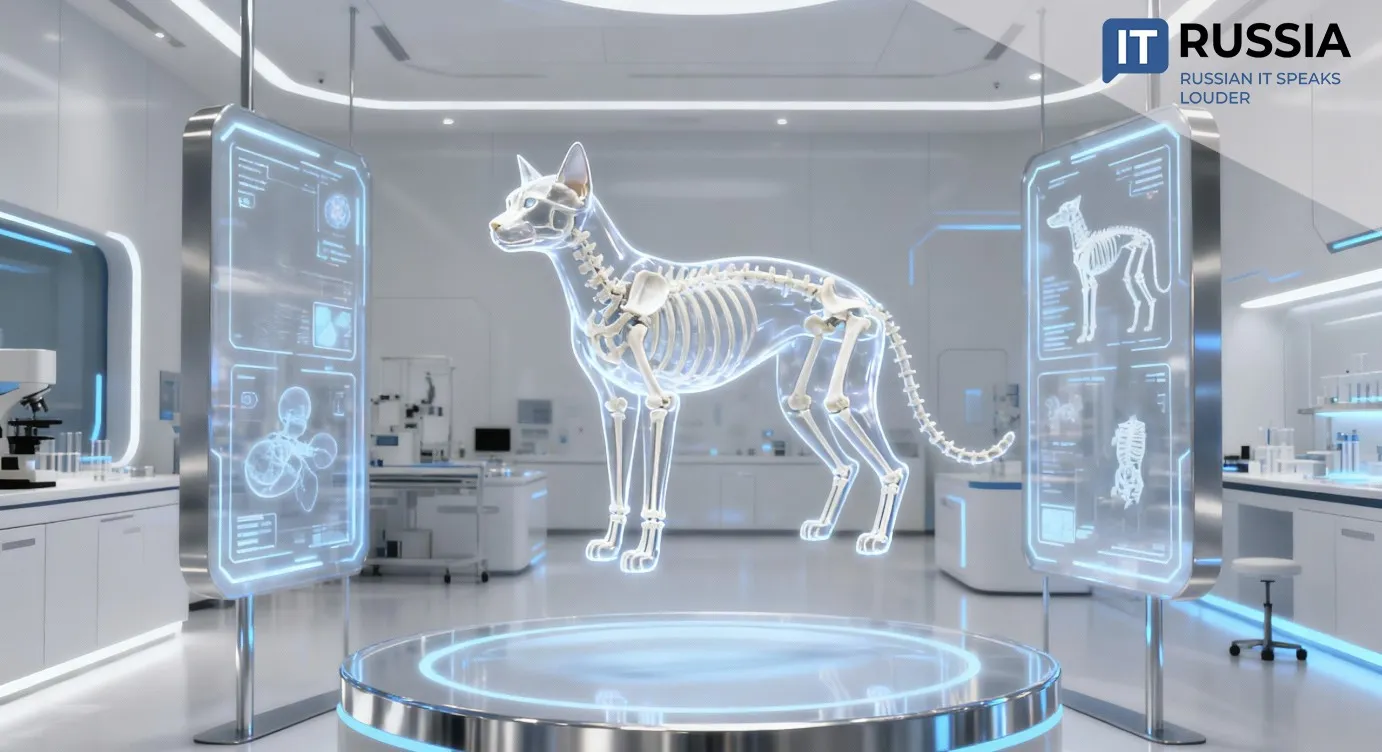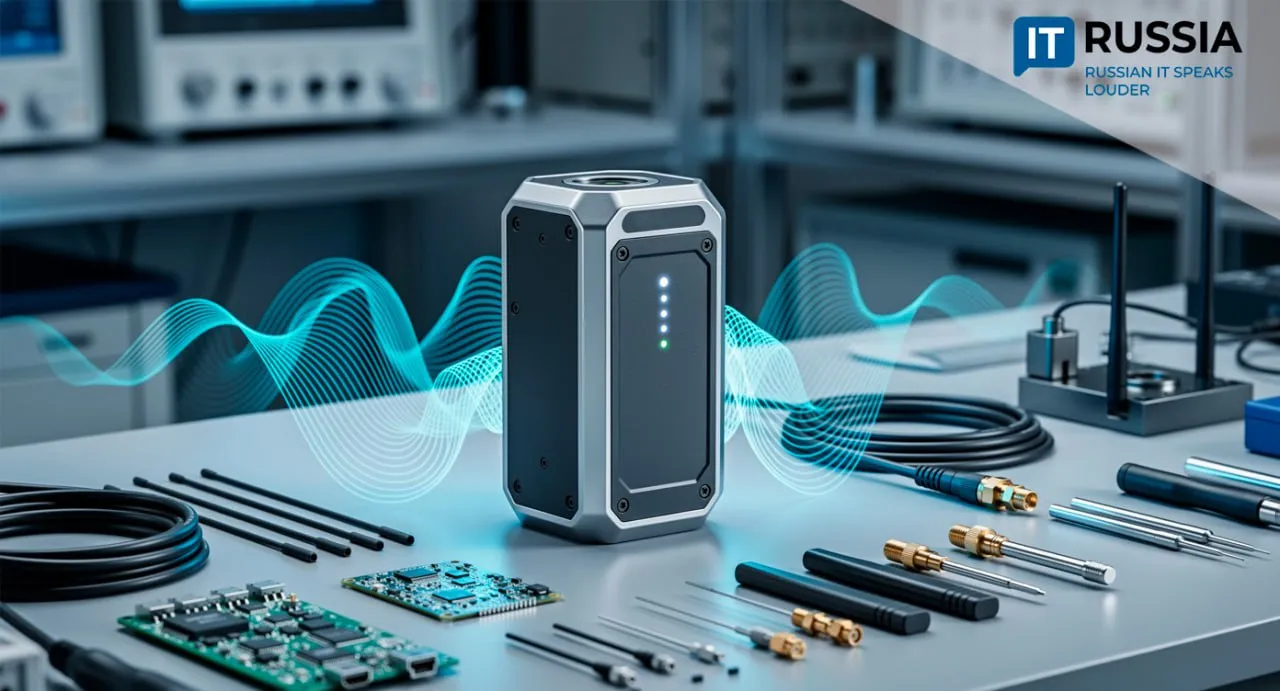AI Sees Every Inch: Russia’s Smart Vision Tech Takes the Wheel in Agriculture
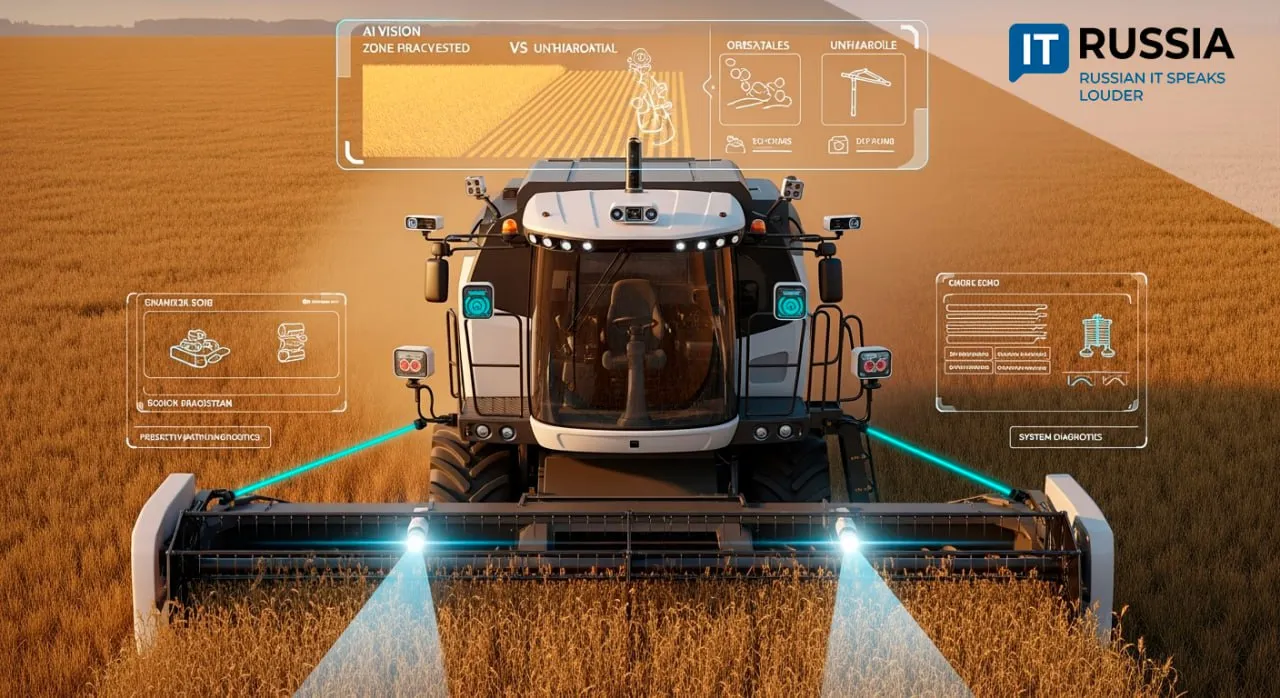
A Russian agricultural holding is field-testing an AI-powered autonomous driving system for combines that could boost precision, cut losses, and strengthen food security—without relying on satellite navigation.
Harvesting with Intelligence
Parallel driving systems for agricultural machinery typically rely on satellite positioning (GPS and GLONASS) to maintain precise navigation. At Progress Agro, an agri-holding in southern Russia, high-precision RTK transmitters are already used to optimize sowing, cultivation, and harvesting. This reduces fuel use, lightens the burden on operators, and improves efficiency across all crop cycles.
But satellite signals can be unreliable in remote areas. To solve this, Progress Agro is trialing a new AI-based alternative. Cameras mounted on the combine feed real-time video into an artificial intelligence module. The system identifies cut and uncut field areas, tracks machine trajectory, and maintains direction without operator input.
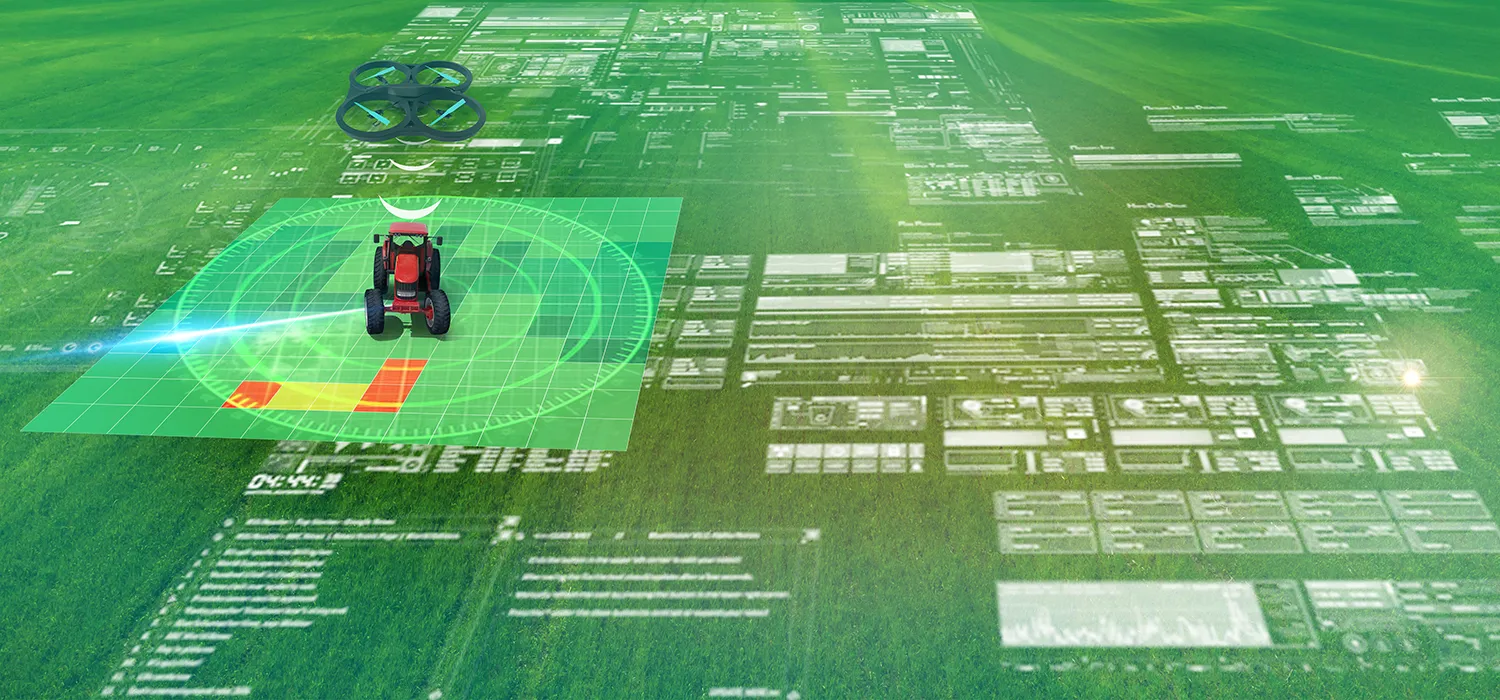
As Cognitive Pilot CEO Olga Uskova explains, “Images from two cameras are analyzed to detect the key elements in the field—cut or uncut crop, header location, obstacles, and other features. The AI determines trajectory, calculates how the vehicle should move, and sends commands to the wheels. It recognizes critical objects and predicts evolving field scenarios. If it spots a person in front of a harvester, metal pole, or large rock—it triggers a warning and stops.”
Reliability Beyond Satellites
Developed entirely by Russian engineers, the new system is still in pilot testing but shows great promise for real-world application. Field data is processed with centimeter-level accuracy—up to 5–10 cm—which exceeds the visual capability of most operators.
The main advantage: it works anywhere, regardless of satellite signal quality. This is essential for large-scale operations across Russia’s vast agricultural land. The program represents one of the country’s first AI- and vision-based autonomous farming pilots.
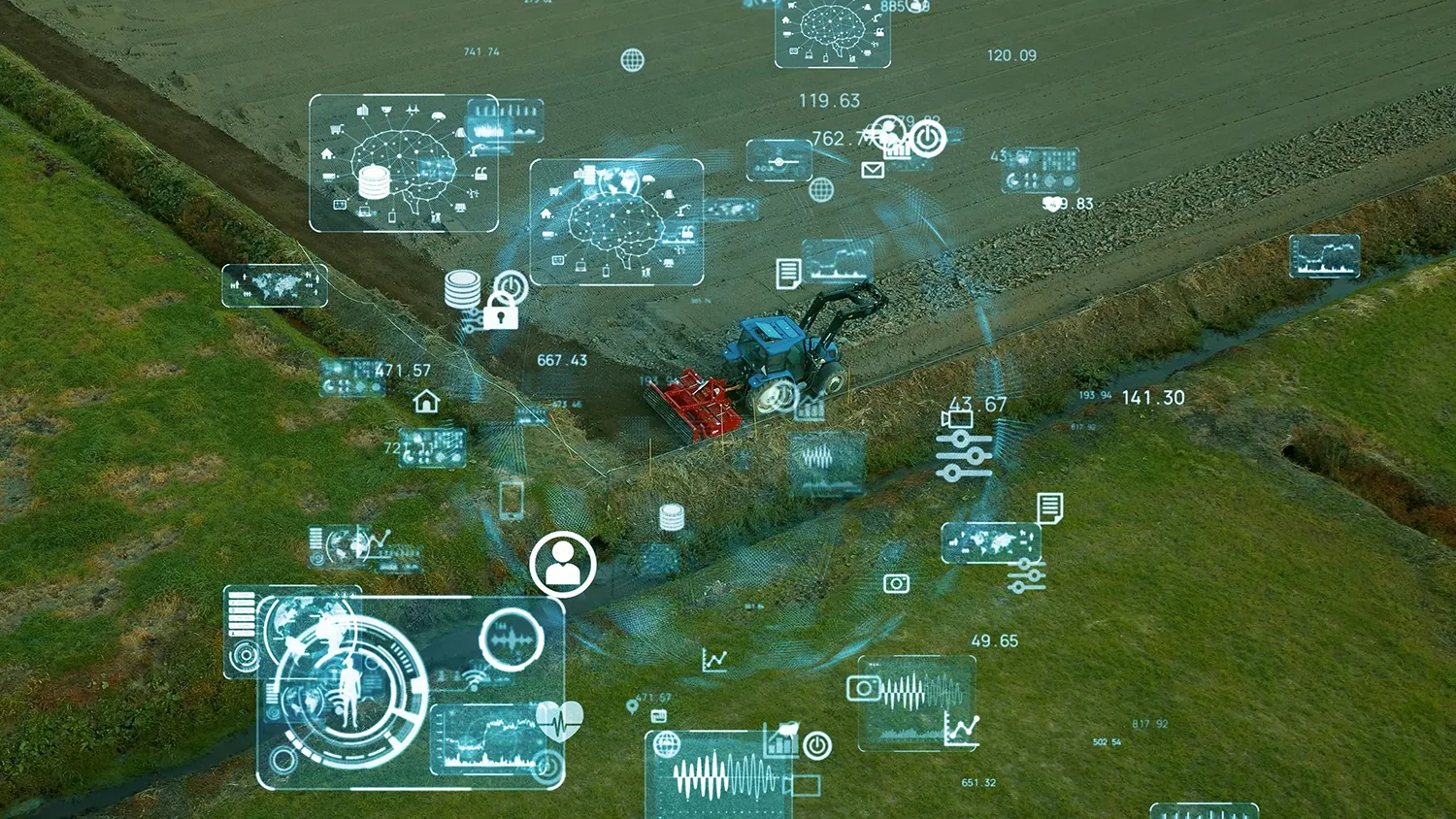
Progress Agro’s partner in the effort is Kuban State Agrarian University. Project lead Pavel Nefyodov says the next step after combines is adapting the system for use on tractors during pre-sowing and seeding: “Following field tests on harvesters, we aim to implement the system for tractors involved in soil preparation and planting.”
This could revolutionize how tasks are performed in the most technically demanding phases of the agricultural cycle.
Toward Smarter, More Affordable Food Systems
Higher operational precision improves crop yields, reduces losses, and lowers production costs—all of which can lead to more affordable food. This testing phase advances Russia’s development of homegrown precision farming technologies.
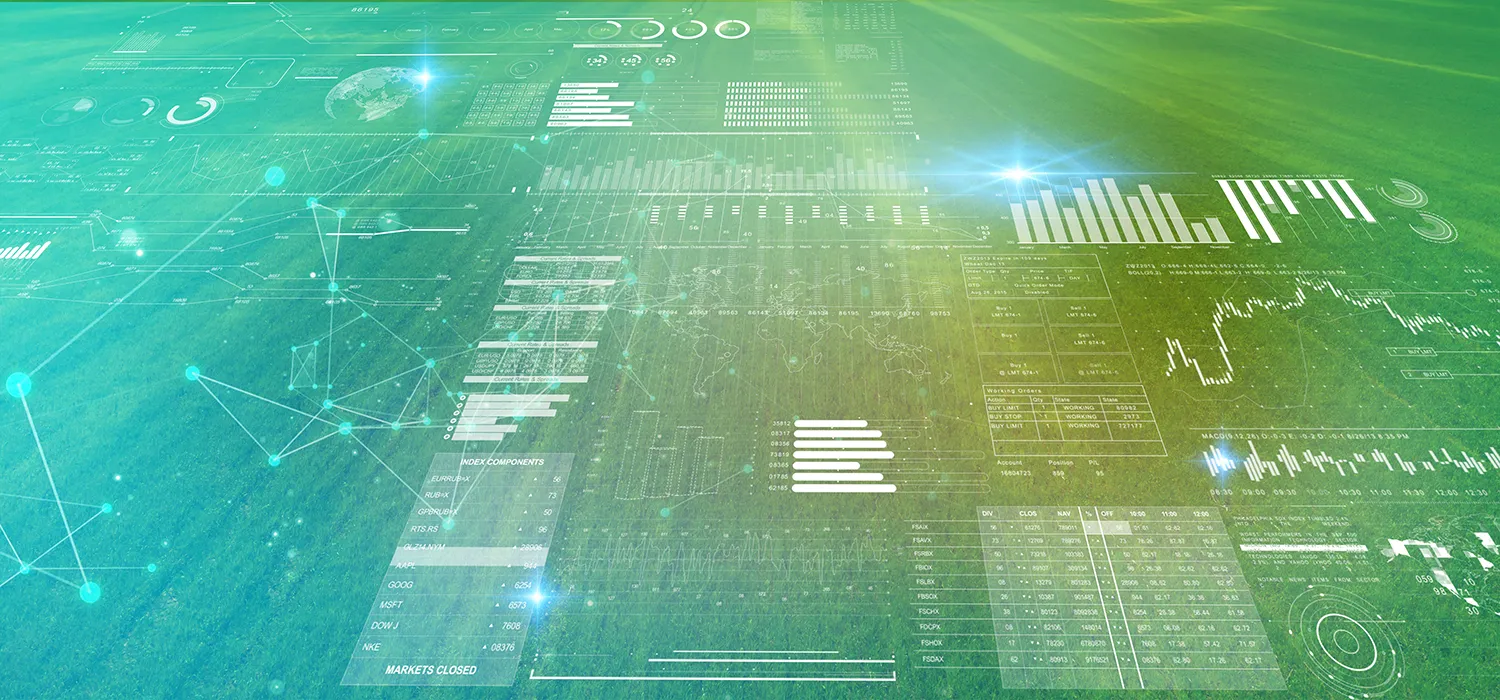
If successful, the system will likely become standard in large agri-holdings, moving the country closer to digital self-sufficiency in a sector that underpins food security. Importantly, the platform is not a clone of Western tech—it’s a uniquely Russian solution designed to function in challenging field conditions.
Following adaptation, the system has strong export potential—especially in emerging markets where satellite signals are unreliable or expensive to deploy.







